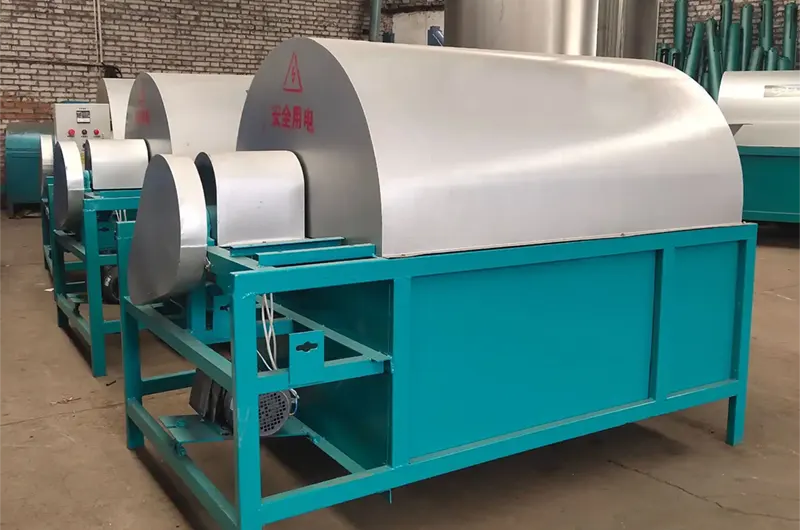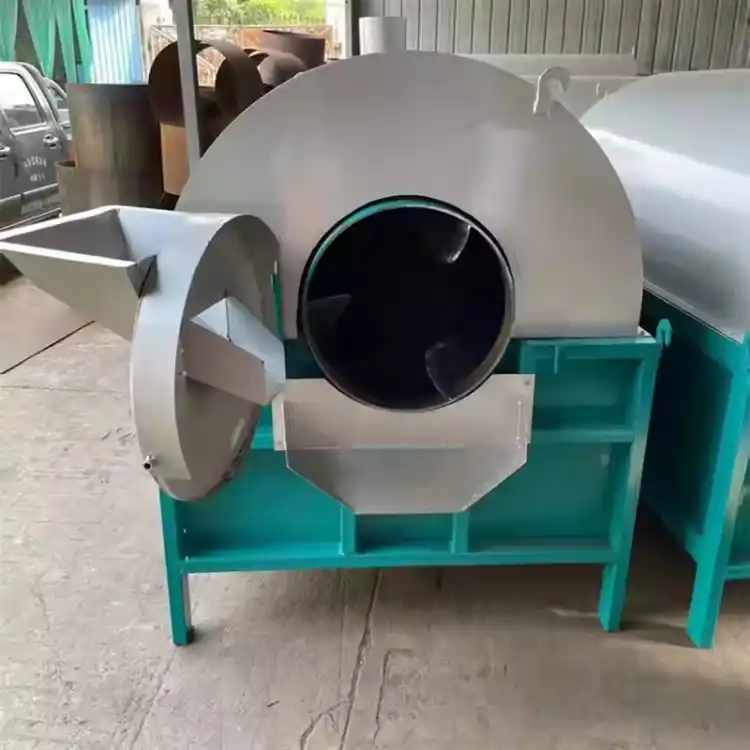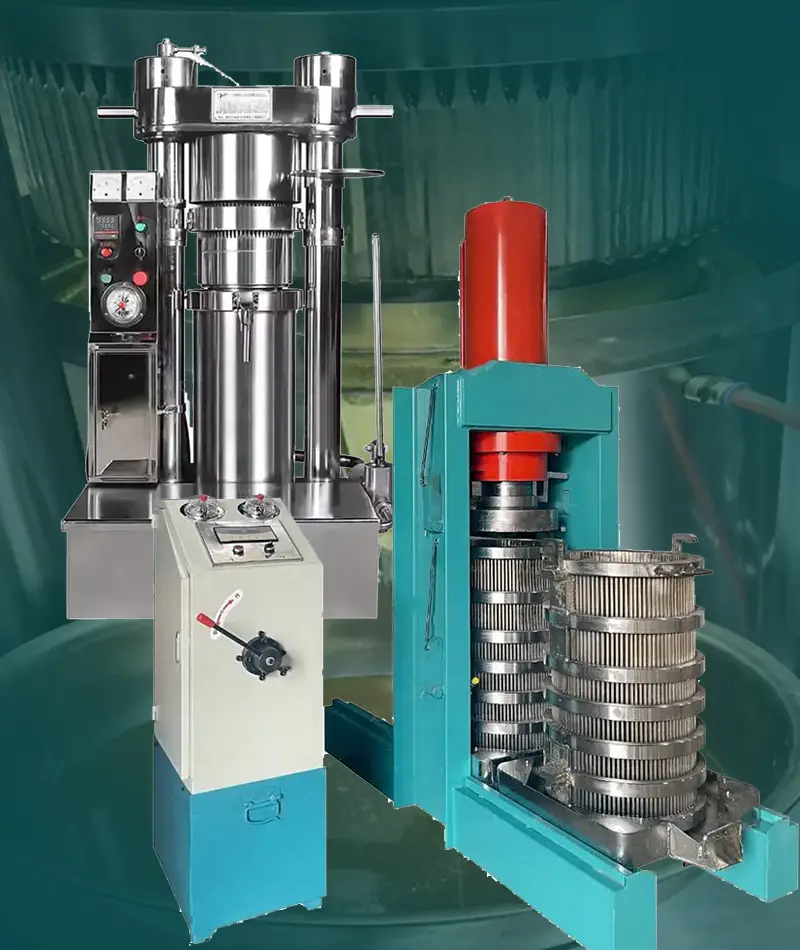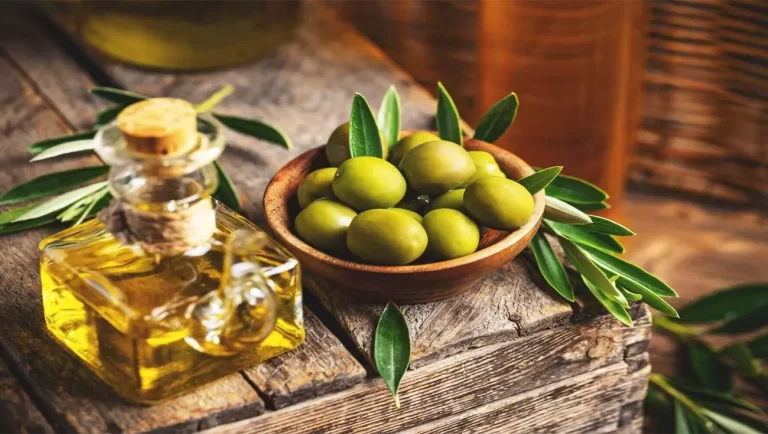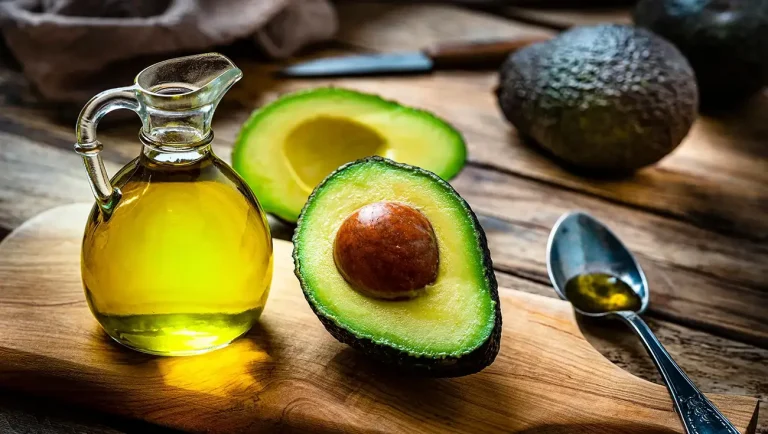Contact Us Now
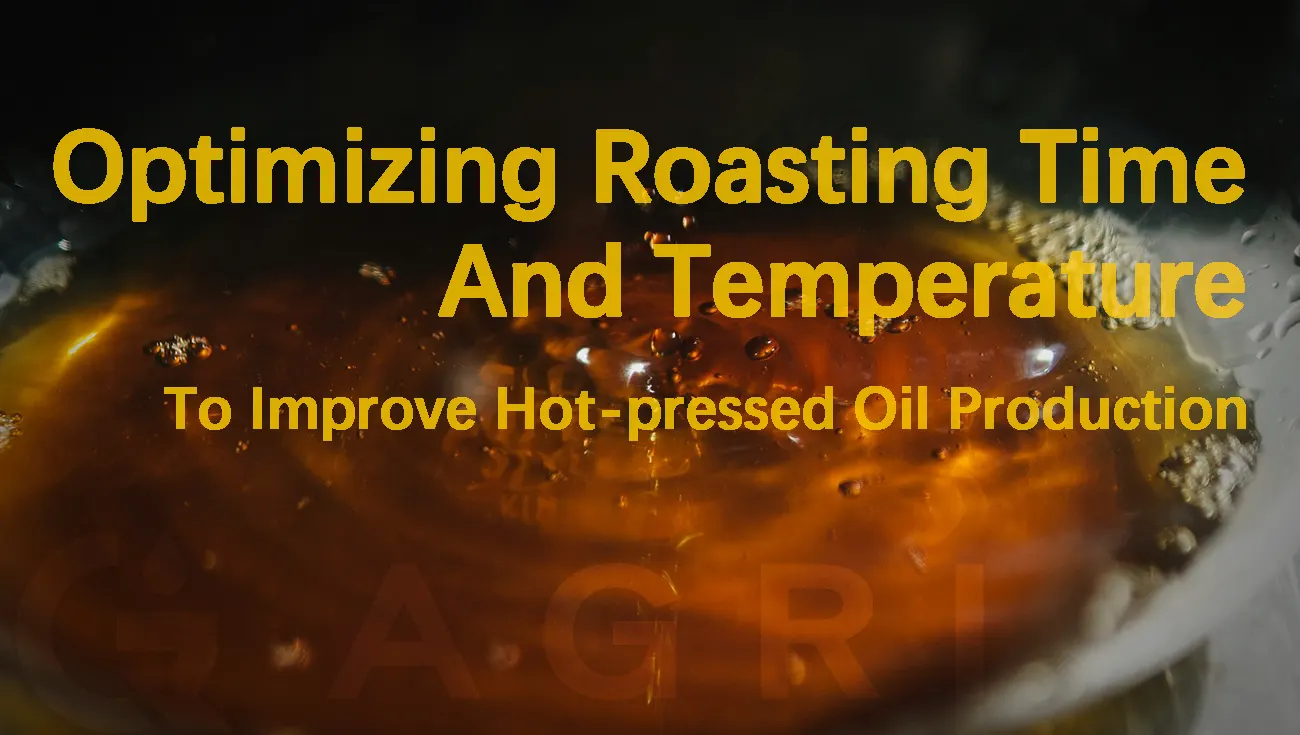
I encountered some small and medium-sized oil pressing plants that were trying to control the moisture and heat of the oilseeds by manually stir-frying them in iron woks. However, it is not ideal in most cases, with low oil yield, unstable temperature, and sometimes a burnt smell. Pre-treating oilseeds before pressing—roasting—is not about making them taste like coffee, but about adjusting the internal cell structure and moisture content of the oilseeds, making them easier to mechanically press.
Adequate roasting heat treatment reduces the seed moisture content to easily press-able levels (usually about 5%), creates micro-pores, softens proteins, and enhances the flow of oil, which results in easy to press seed and reduced residual oil left in the cake. It is also used to stabilize sensitive seeds e.g. lipase control in rice bran, can circumvent the off-note or anti-nutritional risks inherent in some substances. Controlled heating enhances quality and safety of crops such as cottonseed and in fact any other tough crop when conducted within the correct window. This process is not difficult; it only requires using a roaster specifically designed for optimized oil pressing, such as a drum roaster (including drum electromagnetic heating). Combine this with clearly defined roasting time and temperature targets based on crop type and variety. The rest is simple when you nail the pre-press roast; the rest is a cinch; yield, aroma, clarity, and filtration are a no brainer.
How long does it take to roast crops before oil pressing?
I’ll never forget Chris telling me about his first attempt at roasting a large batch of peanuts in an old-fashioned drum roaster: “I thought it would be easy—just throw the kernels in, light the fire, and wait. But the roasting wasn’t even. Some kernels were charred on the outside, while others were still moist inside.” We should always understand one thing: there is no uniform standard for roasting time. The precise balance depends on the crop being roasted, its variety and moisture content, the desired flavor profile, and the equipment’s ability to heat the roasted peanuts.
There are a few main factors that come into play as to how long the seeds should remain in the roaster:
- Type of crop: Different oil seeds and nuts do not have the same structure and their water content and this alters the method through which heat penetrates. As an example, sesame can achieve the desirable scale of aroma development without the burnt notes at 150–160 °C, 10–20 minutes, In contrast, sunflower seeds require roasting at 125°C for approximately 45 minutes to achieve the ideal aroma ratio. Size of the kernel also plays a vital role- bigger seeds take ages to heat up on the other hand the smaller one dries up too fast. These variations indicate that there is no universal time that suits all crop.
- Expected oil quality: The kind of flavor, stability and nutrition that you desire will determine roasting time. Seeds can be exposed to moderate heat longer in an attempt to build up the strength of the roasted aroma. A sharper and less-gentle roasting is desirable when retention of nutrients and oxidative stability is of prime importance. Excessive roasting, either by being too hot or simply prolonged, is actually capable of destroying antioxidants such as tocopherols, at the same time increasing other flavor compounds. Human beings are required by operators to balance between the taste and nutrition.
- Roasting temperature: Increased heat reduces the time, but there is the danger of over-drying and scorching. It has been found that sunflower seeds work best at temperatures below 135 °C when it comes to preserving nutrients as well as taste. This indicates that roasting is more about finding a balance between time and temperature more than it is about rules.
- Crop Moisture: Batches of oil seeds beginning with a higher moisture content will take a longer period to roast to the desired wetness of 5 percent, whereas drier supplies need less. The result of over-roasting are brittle kernels with less oil content and eventual burnt seeds. Experienced operators know when they reached the right point not only by time, but also by smell and feel of the oil seeds.
- Equipment Performance: The heating method and heat uniformity of the roasting machine determine the required time and manpower. A stable and reliable drum roaster can save us time and allow us to focus more on the subsequent oil pressing or filtering processes. Preheating the roaster can shorten roasting time, while cooling at any point during roasting can prolong it due to uneven heat distribution.
A drum roaster for pre-treatment before oil extraction
Then how long to roast? The passable reply to this is that there is no definite term. Operators in numerous small and medium-sized oil mills in Southeast Asia, Africa, and South America routinely vary roasting parameters on a batch-by-batch basis according to the appearance, smell, and feel of the seeds. Others become impatient and add lots of heat at a once, usually too much and the seeds are left dry or even burned. If this situation occurs during the roasting process, you can occasionally water the oilseeds to help cool them down and maintain a consistent moisture content.The trick is not to stamp on the clock but to bring the heat, moisture, and aroma into a balance and when the seeds give out that clean warm aroma then it is time to press.
Roasting is not so much about recipes as it is about having a feel and touch of timing and control. Crops, batches and even roasters have their cadence. To get it right, you have to pay attention to the details: what kind of seed you are using, what quality of oil you desire, what is the temperature you apply, the moisture you have inside, and how the equipment acts. With the knowledge of these factors, roasting ceases to be a technical task and becomes an art akin to that of sculpture which specifically determines the quality, flavor, and stability of the oil.
Roasting Temperature and Time Settings for Different Oil Seeds
Once the appropriate roasting duration is determined, the next crucial step is setting the right temperature. Time alone cannot ensure optimal aroma, oil flow, and nutrient retention—temperature must be carefully matched to achieve the best results. Balance the heat and the amount of roasting and the difference between a sticky goldmine and an unattractive batch of seeds that donot produce much. For any entrepreneur engaged in medium-sized oil pressing operations, understanding the required temperatures and times for roasting different crops is not just theoretical; it’s a real, practical skill that helps oil presses extract more high-quality finished oil faster. We compiled this table by thoroughly understanding the characteristics of crops through long-term recording of feedback from our long-term customers and reviewing a large amount of data. Hopefully, this will help everyone intuitively understand the baking temperature range and baking time for each crop.
| Oil Seed | Recommended Roasting Temperature (℃) | Recommended Roasting / Baking Time (minutes) | Notes on Oil Quality and Process |
|---|---|---|---|
| Palm Fruit | 90–140 | 30–45 | High heat facilitates fat release from dense pulp, boosting yield and reducing moisture. |
| Peanut | 120–170 | 10–25 | Roasting temp under 160℃ preserves nutty aroma and improves oil extraction. |
| Soybean | 110–200 | 10–25 | 140℃ is the best balance between oil yield and oil adverse changes. |
| Sesame | 170–180 | 18–30 | Optimizes aromatic oil release while preventing carbonization. |
| Sunflower | 160–180 | 15–25 | Balances nutrient retention with effective oil cell loosening. |
| Rapeseed | 140–180 | 15–45 | Reduces bitterness and improves oil clarity. |
| Almond | 130–180 | 3–15 | Light roast preserves mild flavor and nutrient content. |
| Walnut | 120–160 | 20–35 | Gentle heating protects delicate flavor and prevents oxidation. |
| Basil Seed | 70–80 | 5–10 | Light roasting maintains volatile aromatic compounds. |
| Rice Bran | 150–200 | 5–30 | Gentle roasting prevents rancidity caused by lipase activity. |
| Pumpkin Seed | 110–150 | 10–30 | Provides nutty flavor without darkening the oil. |
| Safflower Seed | 160–180 | 10–20 | Heat loosens tight oil cells and improves pourability. |
| Black Seed | 150–180 | 2–10 | Low heat preserves thymoquinone and aroma. |
| Macadamia Nut | 100–135 | 4–15 | Light roasting enhances creamy flavor and oil yield. |
| Brazil Nut | 130–175 | 20–30 | Careful heat preserves selenium content and flavor. |
| Pine Nut | 120–150 | 15–25 | Requires delicate handling to avoid bitterness and scorched oil. |
| Castor Seed | 80–100 | 10–20 | Moderate heat helps release ricinoleic acid without degrading toxins. |
| Flaxseed | 90–150 | 10–30 | Low heat preserves omega-3 fatty acids and flavor. |
| Tung Seed | 120–130 | 10–15 | Higher temperature aids oil extraction from tough seed coats. |
| Mustard Seed | 150–170 | 15–30 | Reduces pungency while improving oil yield and clarity. |
| Cotton Seed | 120–130 | 30–40 | Roasting to light golden (120–130℃) inactivates gossypol toxin. |
| Corn Germ | 110–130 | 15–25 | Heat breaks down cell walls and releases oil efficiently. |
*The above temperatures are for reference only and should be adjusted based on local crop varieties and desired oil quality. Lower temperatures generally preserve oil nutrients, while higher temperatures increase oil yield.
Every oil seed requires the ideal balance of time and temperature of the roasting process. Take the example of the palm fruit again, baking it can take longer due to the high temperature as this helps to break through the dense nature of the pulp to extract more oil, but something delicate as pine and basil seed nuts can only be roasted at lower heat and a shorter period of time so as to preserve the aroma and nutritive properties. Misuse of parameters may result in bad oil yield or rancid oil, something that none of the small or medium enterprises doing the oil pressing desire.
I recall visiting Aliou Ndiaye’s peanut oil processing plant in Senegal. There, based on his peanut variety, I helped him optimize the roasting time to the recommended range (130℃ for 25 minutes) after three tests. This significantly improved the oil yield while preserving the nutty aroma essential for its high-priced oil. That is the sort of practical advantage any farm oil mill can enjoy.
Having discussed the recommended temperature and baking time of different oil seeds, it is agreeable that roasting is more than making seeds brown after heating on the stove. It is all about realizing the needs of every crop and about precisely using heat and time to achieve maximum production without loss of quality. After collaborating so closely with mills and farmers in various regions, I have witnessed the power roasting set out in these locations has to turn oil production into a sure thing as opposed to an educated guess.
Professional Drum Roaster:
Now that you understand optimal roasting times, let’s talk about the equipment that delivers those results consistently. Our automated drum roasters take the guesswork out of timing control. The food-grade stainless steel and carbon steel construction ensures decades of reliable service, while the rotating drum mechanism guarantees every seed receives identical heat exposure throughout your specified roasting duration. Whether you’re processing peanuts for 20 minutes or sesame for 15, this automation means you can focus on other operations while achieving perfectly roasted materials every single batch.
Complete Oil Pressing Solutions:
Here’s what I tell every oil producer: roasting is just the beginning. Your choice of pressing equipment determines your final product quality and profitability. We’ve got you covered with screw presses engineered specifically for hot-pressed oils, hydraulic presses designed for premium cold-pressed production, and industrial-scale animal fat rendering systems for ton-level operations. Each pressing method pairs with specific roasting profiles you’ve just learned about. Let me help you match the right pressing technology to your roasted materials, production volume, and target market—because the right equipment combination multiplies your investment returns.
Common Problems with Roasting before Oil Extraction.
Despite appropriate roasting machine and temperature controls, oil pressing may run into difficulties in applied reality. I remember visiting a peanut oil mill in Nigeria where a batch of peanuts was severely scorched simply because too many peanuts were loaded, preventing the material from being roasted sufficiently and evenly.
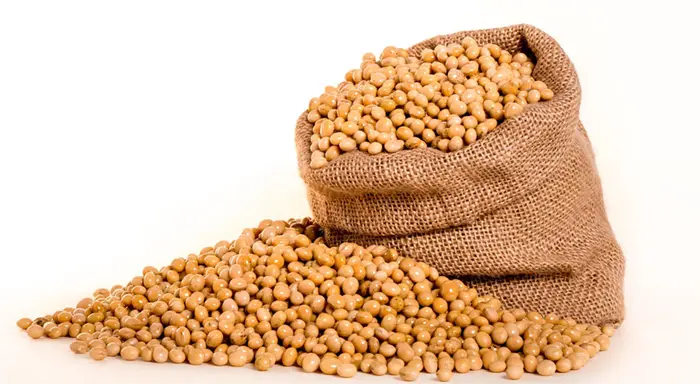
The vast majority of issues can be linked to several common causes, namely, overheating, inadequate roasting style, unequal heat distribution, or simply too big sizes of a batch to be roasted. Charring seeds will occur with overheating or excessive baking resulting in avice drops of the oil. Seeds are under roasted, hence not fully cooked, will definitely decrease the oil that can be extracted, and enhance the microbiological risks. Such problems are not theoretical, they can directly influence the oil production, fragrancy, and quality. On basic machinery, inconsistent results will exist throughout the batch because of uneven stirring or uneven heating. This can be resolved by the use of machines scaled up to oil pressing capacity mid-scale: a drum or electromagnetic roasting machine that heats evenly, can he set by batch size, and time and temperature can be precisely controlled.
| Common Problem | Cause Analysis | Avoidance Method |
|---|---|---|
| Roasted burned | Temperature too high or baking time too long. | Lower temperature, shorten baking time, increase stirring frequency. |
| Under-roasted | Insufficient roasting time, moisture not reduced to ≤5%. | Extend roasting time, ensure moisture drops below 5%. |
| Oilseeds are too dry, resulting in low oil yield | Oilseed moisture loss exceeds the equilibrium point. | Control roasting temperature and time. If necessary, a small amount of water can be sprinkled into the drums during roasting. |
| Uneven stirring | Uneven heat distribution in machine. | Use roasting machines with uniform heating structures like patented electromagnetic coils and stirring mechanisms . |
| Overheating | Same as roasted burned. | Control batch size and adjust heat input accordingly. |
| Too large batch load | Uneven heat absorption due to excessive batch size. | Limit batch quantity per roasting cycle, increase stirring speed. |
Practically, a slight change of adjustment also matters. The ability to correlate the batch size, type of seed roasted as well as roasting parameters make the contrary roasting process random guesswork into a calculated procedure. These details of operation are what make the difference between consistent, high-quality oil and unpredictable results in any mid-scale farm oil mill in Southeast Asia, Africa or South America. This balance creates a foundation on which high-efficiency pressing and high-quality oil production take place.
The roasting time and baking time and temperature should be precisely controlled in order to increase the overall quality of hot-pressed oil. Through working with numerous medium-sized oil mills, I have personally experienced that the factors mentioned above are crucial for ensuring the conversion of raw oilseeds into high-quality hot-pressed edible oil. For instance, a sesame oil workshop in Myanmar optimized its GQ Agri roaster-based pre-press treatment, which greatly enhanced the aroma and consistency of the final oil.
In small and medium-sized pressing workshops, proper roasting is the very first step that determines both the yield and flavor of hot-pressed oil. Once the crude oil is pressed, the filtration stage follows—whether centrifugal, vacuum, or pneumatic filters. GQ Agri excels in providing such filtration systems, tailored to local needs and budgets, ensuring efficiency without unnecessary cost. This equilibrium between roasting and filtering results in consistently high-quality vegetable oil.
Whether you want to increase yield and quality of oil, the initial step is the competence of roasting conditions. I am a talker and will gladly pass information or give suggestions to choose the appropriate roasting machinery. GQ Agri is specialized in reliable, mid-sized agricultural equipment specialized in oilseed farming in the Southeast Asia, Africa, and South America. Together we will be able to take your oil production to the next.
Have questions about how to start an oil pressing business?
Our team provides complete turnkey oil pressing production line solutions.
Which factors affect the baking quality and yield of hot-pressed oil products?
The three most important factors in the baking pretreatment process influence oil yield and quality: baking temperature, baking time, and oilseed variety. Every seed has a different reaction to heat and time and this directly influences aroma, nutrient retention and extraction efficiency.
How long should roasting of common oil seeds take?
Optimal roasting durations depend on the kind of seed used but normally take between 30 and 45 minutes under medium-scale productions. As an example, peanuts usually bake 30-40mins when the temperature reaches 120-130°C, coconuts can simply take a bit less in baking and using lower temperatures because they need to keep the flavour.
How to determine if pre-pressed oil processing roasting is complete?
Seed uniformity of color, moderate moisture content, and a better aroma of the oil when roasted are evidence of an ideal roasting. Seeds are visualized and moisture tested to avoid burning seeds, as well as incomplete roasting, thus maximizing the oil back. This is to avoid rancidity.
What advantages come with the use of GQ Agri roasting machines?
The GQ-Agri roasting machines provide an option of users to change temperature levels according to different oil seeds and the desired level of roasting. The uniformity of heat distribution using conventional heating means is guaranteed with the machines that deliver roasting results reliably. It assists in making oil yield better, aroma better and the chances of mold destroyed by ensuring moisture is taken care of effectively. They are economical and suitable for small and medium-sized oil mills.
What practical tips exist if roasting time or temperature control is difficult?
When it is difficult to control the amount of roasting precisely, then roasting of smaller batches in several rounds will help to keep the same amount of heat exposure angle. A progressive ramping up of temperature in steps will protect overheating. Stirring often enhances uniformity and regularly testing a sample helps in timing adjustments.


